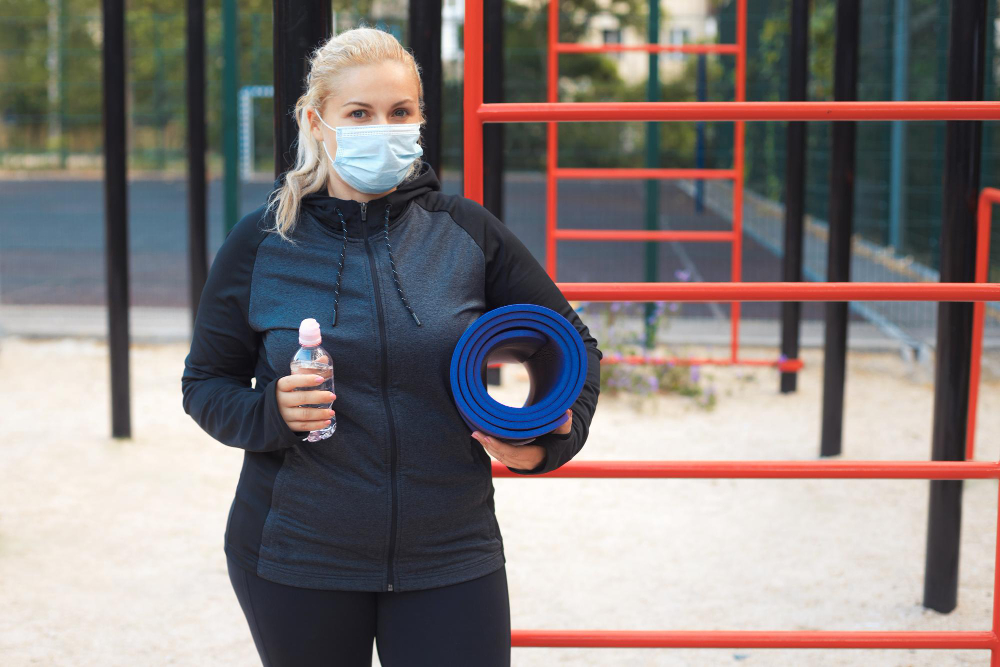Exercising is a cornerstone of a healthy lifestyle, offering numerous benefits for both physical and mental well-being. However, ensuring safety while engaging in physical activity is paramount to avoid injuries and other health risks. Personal choice plays a pivotal role in enhancing safety during exercise, allowing individuals to tailor their fitness routines to their unique needs, abilities, and circumstances. This article explores how making informed personal choices can significantly improve safety when exercising, covering aspects such as selecting appropriate activities, listening to one’s body, and incorporating safety gear and practices.
Choosing the Right Exercise for You
The foundation of a safe exercise regimen is selecting activities that align with one’s fitness level, interests, and health conditions. Personal choice is critical in this decision-making process, as it allows individuals to consider their personal health history, physical capabilities, and goals. Opting for activities that one enjoys and can perform safely reduces the risk of injury and increases the likelihood of consistency. For example, someone with joint issues might choose low-impact exercises like swimming or cycling over high-impact running. Making such personalized choices ensures that exercise enhances health without compromising safety.
Listening to Your Body’s Cues
Personal choice extends to listening to one’s body and responding to its cues, which is crucial for exercising safely. This means acknowledging when to push for progress and when to pull back to prevent overexertion or injury. Individuals have the autonomy to adjust their workout intensity, duration, and frequency based on how their body feels during and after exercise. Ignoring pain or discomfort can lead to serious injuries, whereas respecting your body’s limits and allowing adequate rest and recovery can foster long-term health and fitness.
Timing and Environment Matter
Exercising safely also involves making personal choices about the timing and environment of workouts. Exercising outdoors in extreme weather, whether it’s excessive heat or cold, can pose health risks. Choosing the right time of day to avoid peak sun or extreme temperatures, or opting for indoor workouts when conditions are not favorable, can prevent heat-related illnesses or cold injuries. Similarly, selecting well-lit, safe routes for outdoor activities like running or biking can protect against accidents and ensure personal security.
Safety Gear and Equipment
Another aspect of exercising safely through personal choice involves the use of appropriate safety gear and equipment. Depending on the activity, this may include helmets, knee pads, reflective clothing, or proper footwear. Investing in quality equipment that suits one’s specific needs can greatly reduce the risk of injury. Additionally, choosing to use well-maintained equipment and facilities, whether at home or in a gym, is essential for preventing accidents related to equipment failure or improper use.
Educated Decisions on Supplements and Nutrition
Personal choices regarding supplements and nutrition significantly impact safety during exercise. With a plethora of options available, it’s important for individuals to make informed decisions based on reliable information and, if necessary, consultations with healthcare professionals. Opting for a balanced diet that supports one’s fitness goals, while being cautious about supplement use, ensures that the body receives the necessary nutrients for performance and recovery without the risks associated with unsafe products.
Empowerment Through Personal Choice
In conclusion, personal choice is a powerful tool in enhancing safety during exercise. By selecting appropriate activities, listening to their body, considering the timing and environment for workouts, using the right safety gear, and making educated nutritional choices, individuals can significantly reduce the risk of injury and other health issues. This approach not only empowers people to take control of their fitness journey but also ensures that the journey is as safe as it is beneficial. As safety and health go hand in hand, making personal choices that prioritize both is the key to a fulfilling and sustainable exercise regimen.
